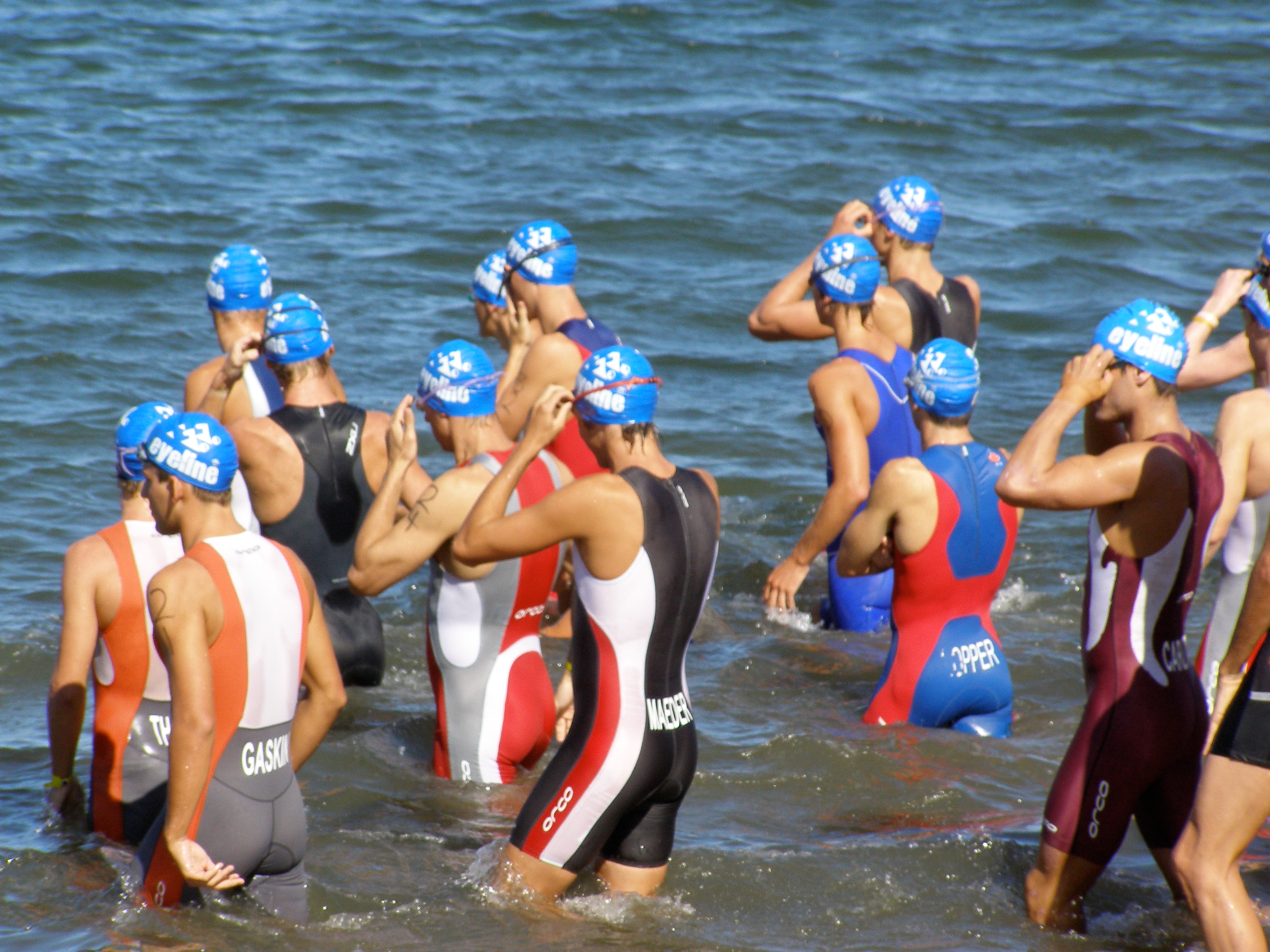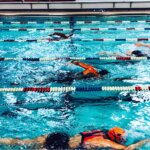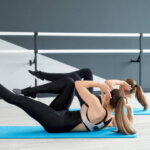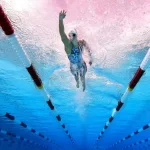Most people only do things if they enjoy doing them and if you’re good at them. This is true when training too. If you enjoy running and you’re good at it, then you’ll run. If you enjoy biking and you’re good at it, then you’ll bike. However, if you don’t enjoy swimming and you’re not a fast swimmer or very good swimmer you will put it off until the very last minute. But you have to swim if you’re training for a triathlon – it’s part of the race.
Maybe your weakness isn’t the entire sport such as biking; maybe it’s just part of a sport such as climbing hills. One way to help get over that hurdle is to find a partner for that sport to help you get through it, or change the venue. Not sure what your weakness is? Take a look at the numbers from your last race. What leg of the race did you come in closer to the bottom of in your age group? That’s the leg you might need to put in a little extra work.
Here are some ways to work your weakness:
Swimming – If you are a slow swimmer, you may not ever become a fast swimmer, but you can become a more efficient swimmer. This will limit the damages to the swimming portion of the race and not take the poor swim to the bike. When a poor swimmer struggles through the water, it may take many miles on the bike to recover from the swim. In order to become a more efficient swimmer – swim more; get instruction; and swim more. Most triathletes just don’t swim enough. Improving your swim stroke is the best resource to improve your efficiency. A training block of 6-8 weeks where you can swim for 4-5 days per week, incorporating drills, race pace efforts, and wetsuit swimming into your regimen, can go a long way.
Biking – Cycling is low impact, but the biggest percentage of time in a triathlon is usually on the bike. If this is your weakness, adding in more sessions could really boost your overall performance. Keep in mind however, that more intense cycling time could tire your legs, and you might notice this during your running workouts. So you may want to have your swim days in between your cycling and running days to give your legs a rest.
Running – Focus on running a lot. The more you run will translate into an improved overall time. When you up your running time, you’re more likely to increase your overall fitness—which will carry over into the other legs of your triathlon. Plus, it’s easier to cram a high-intensity run into a day with limited training time than it is with swimming or biking. Keep at it if you’re competitive – runners have a better chance at setting triathlon records than swimmers or cyclists.
Remember it’s not a run race, or a swim race, or a bike race – you have to do all three. You have to put them all together to get through the entire race. So if you’re weaker in one, but better in another, they will all balance each other out in the end.
If you are in need of a coach to help you work your weakness, contact me today and I can help get you on your way to your next triathlon!







